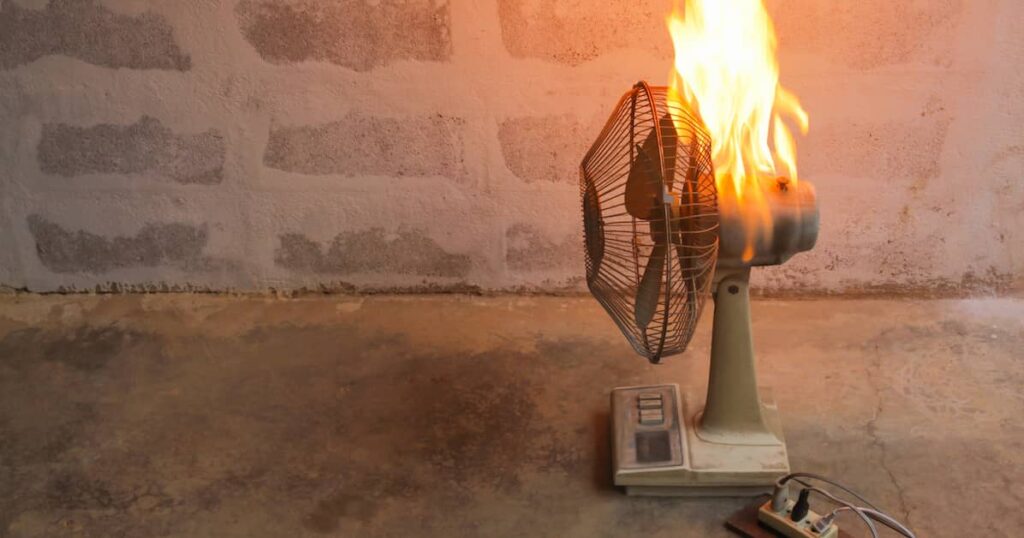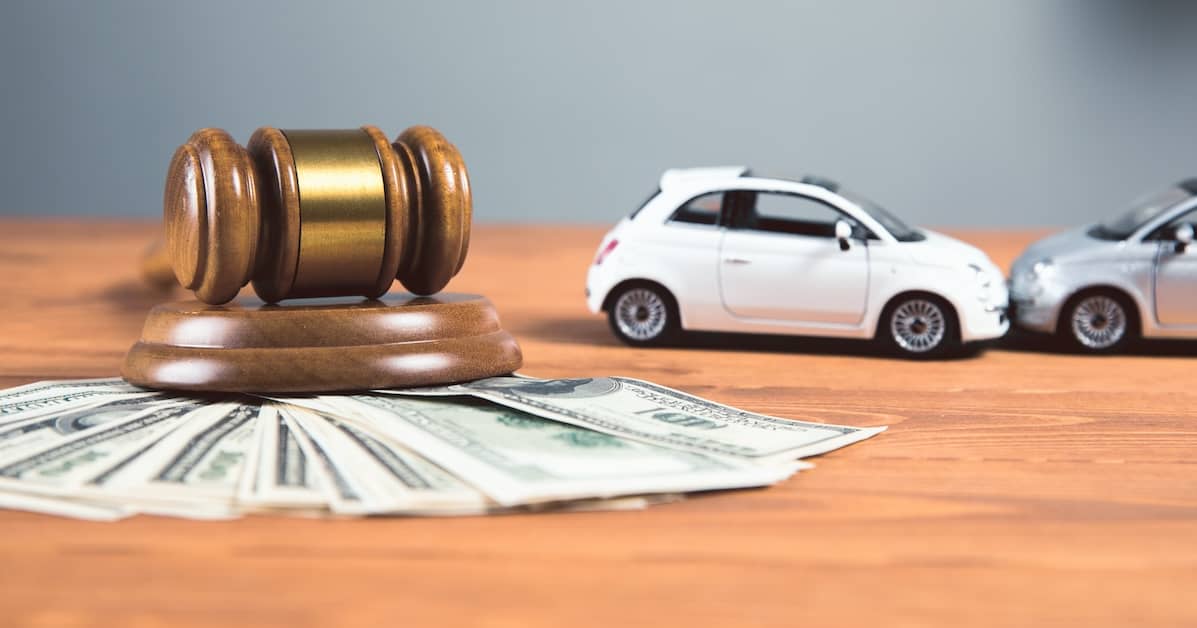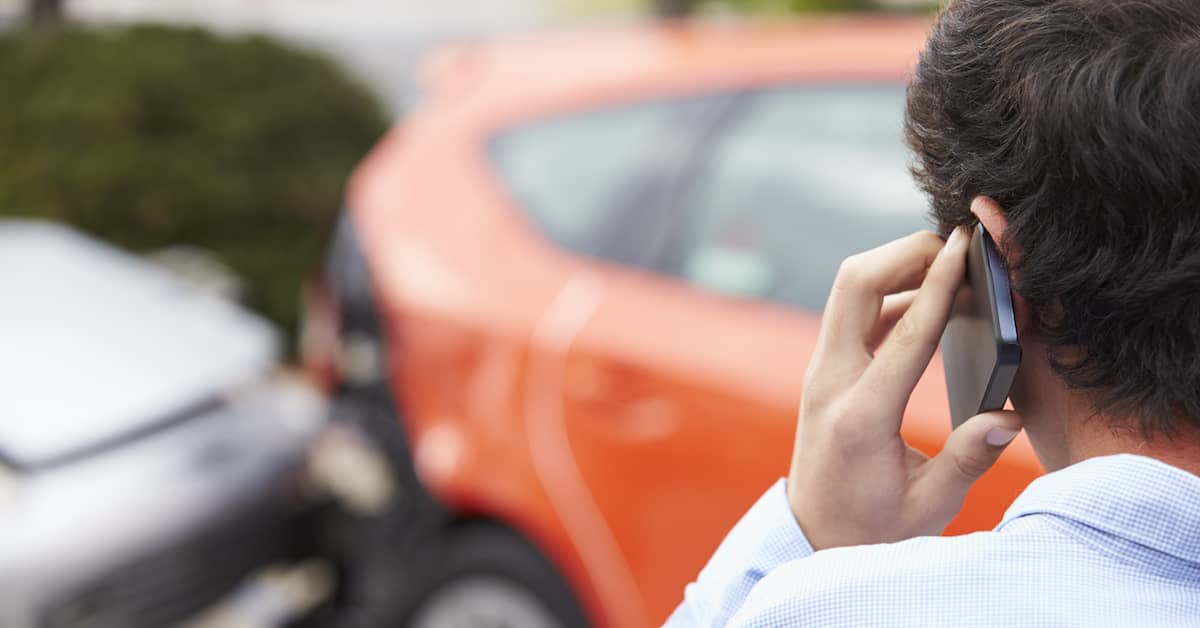
How Do You Prove Product Liability?
If you were hurt by a defective product, you may be wondering what is needed to prove product liability. Product liability claims arise when a defective product causes harm or injury to a consumer. In the state of Colorado, as in many other jurisdictions, individuals who suffer injuries due to faulty products have the right to seek compensation. Proving product liability involves establishing that the product was defective and that this defect directly caused the injuries sustained.
If you have been injured or a loved one has been killed by a defective product in Colorado, call Burg Simpson Law Firm at 303-792-5595 for a FREE and confidential case evaluation. Our Denver product liability lawyers welcome clients from the Front Range and throughout Colorado.
Understanding Product Liability Laws in Colorado
Colorado recognizes three main types of product defects that can lead to liability claims:
- Design Defects: These occur when there is an inherent flaw in the product’s design that makes it unreasonably dangerous.
- Manufacturing Defects: These defects arise during the manufacturing process, leading to a product that deviates from its intended design and is potentially dangerous.
- Marketing Defects (Failure to Warn or Inadequate Instructions): This type of defect involves insufficient warnings or instructions regarding the proper use of the product, which could lead to harm.
Elements to Prove Product Liability
To successfully pursue a product liability claim in Colorado, your attorney must establish the following key elements:
Duty
Your lawyer must prove that the at-fault party owed you a duty of care. In the context of product liability, this duty typically involves ensuring that the designed, manufactured, and marketed product is reasonably safe for its intended use.
Breach of Duty
An attorney must demonstrate that the defendant breached the duty of care owed to you, the consumer. This breach may involve a failure in the design, manufacturing, or marketing processes that resulted in a defective product.
Causation
Your lawyer must establish a direct link between the breach of duty (defective product) and the injuries that you sustained. The attorney must show that the defect was a substantial factor in causing the harm, connecting the defendant’s actions or omissions to the resulting injuries.
Damages
An attorney must provide evidence of the actual harm or injuries suffered by the plaintiff. This involves documenting the extent of the physical, emotional, or financial damages incurred due to the defective product.
How to Prove Product Liability in Colorado: Step-by-Step
Step 1: Seek Medical Attention and Document Your Injuries
In product liability claims, seeking prompt medical attention is crucial. Not only does this ensure proper care for the injuries, but it also establishes a clear connection between the product defect and the harm you suffered. Medical records, photographs, and other relevant documents should be retained for use as evidence.
Step 2: Preserve the Product
Preserving the defective product is essential for establishing the case. The product serves as physical evidence of the defect and can be crucial in determining liability. Keep the product in the condition it was in at the time of the incident, avoiding any alterations.
Step 3: Document the Scene
If possible, document the scene where the incident occurred. This can be done by taking photographs or videos of the product, the surrounding environment, and any other relevant details. Photographic documentation can help establish the context and conditions under which the injury occurred.
Step 4: Gather Evidence
To prove product liability, gather all relevant evidence, including:
- Product Information: Obtain information about the product, including its design, manufacturing process, and any warnings or instructions provided by the manufacturer.
- Witness Statements: If there were any witnesses to the incident, obtain their statements. Witnesses can provide valuable testimony regarding the product’s defect and the resulting injuries.
- Expert Opinions: Consult with experts in relevant fields, such as product design or manufacturing, who can provide opinions on the defect and its causal relationship to the injuries.
- Medical Records: Compile medical records that detail the injuries sustained, the treatment received, and the prognosis for recovery.
Step 5: Consult with an Attorney
Given the complexity of product liability cases, it is in your best interest to consult with a knowledgeable attorney. A lawyer with substantial experience in product liability law can provide valuable guidance on the strength of your claim, the applicable laws in Colorado, and the best course of action.
Step 6: Establish Negligence or Strict Liability
Colorado recognizes both negligence and strict liability in product liability cases. Negligence requires demonstrating that the defendant failed to exercise reasonable care in designing, manufacturing, or marketing the product. Strict liability, on the other hand, holds the defendant liable without the need to prove negligence, focusing solely on the defective product causing harm.
Step 7: File a Lawsuit
If a settlement cannot be reached through negotiations with the manufacturer or other parties involved, the next step is to file a lawsuit. This involves drafting and filing a complaint, outlining the allegations and the relief sought.
Step 8: Discovery Process
During the discovery phase, both parties exchange relevant information and evidence. This may include depositions, requests for documents, and interrogatories. The goal is to gather as much information as possible to strengthen the case.
Step 9: Expert Testimony
Expert witnesses play a crucial role in product liability cases. Experts in fields such as engineering, medicine, or product safety can provide testimony supporting your claim and explaining the technical aspects of the defect and its impact.
Step 10: Negotiation and Settlement
Many product liability cases are resolved through negotiation or alternative dispute resolution methods before reaching trial. Parties may engage in settlement discussions, mediated negotiations, or arbitration to reach a resolution that compensates you for your injuries.
Step 11: Trial
If a settlement cannot be reached, the case may proceed to trial. During the trial, both parties present their evidence, witnesses testify, and legal arguments are made. The judge or jury then determines liability and, if applicable, the amount of damages to be awarded.
Call a Denver Product Liability Lawyer for Free
Proving product liability in Colorado involves a comprehensive and strategic approach. From gathering evidence to navigating the legal process, pursuing a product liability claim requires substantial experience and diligence. Burg Simpson Law Firm has been helping the wrongfully injured obtain justice for more than 45 years. We understand the intricacies of product liability laws and know how to prove product liability for our clients.
If you are considering pursuing a product liability claim in Colorado, contact Burg Simpson Law Firm today for a FREE and confidential case evaluation. We serve clients in Denver and all of Colorado.





